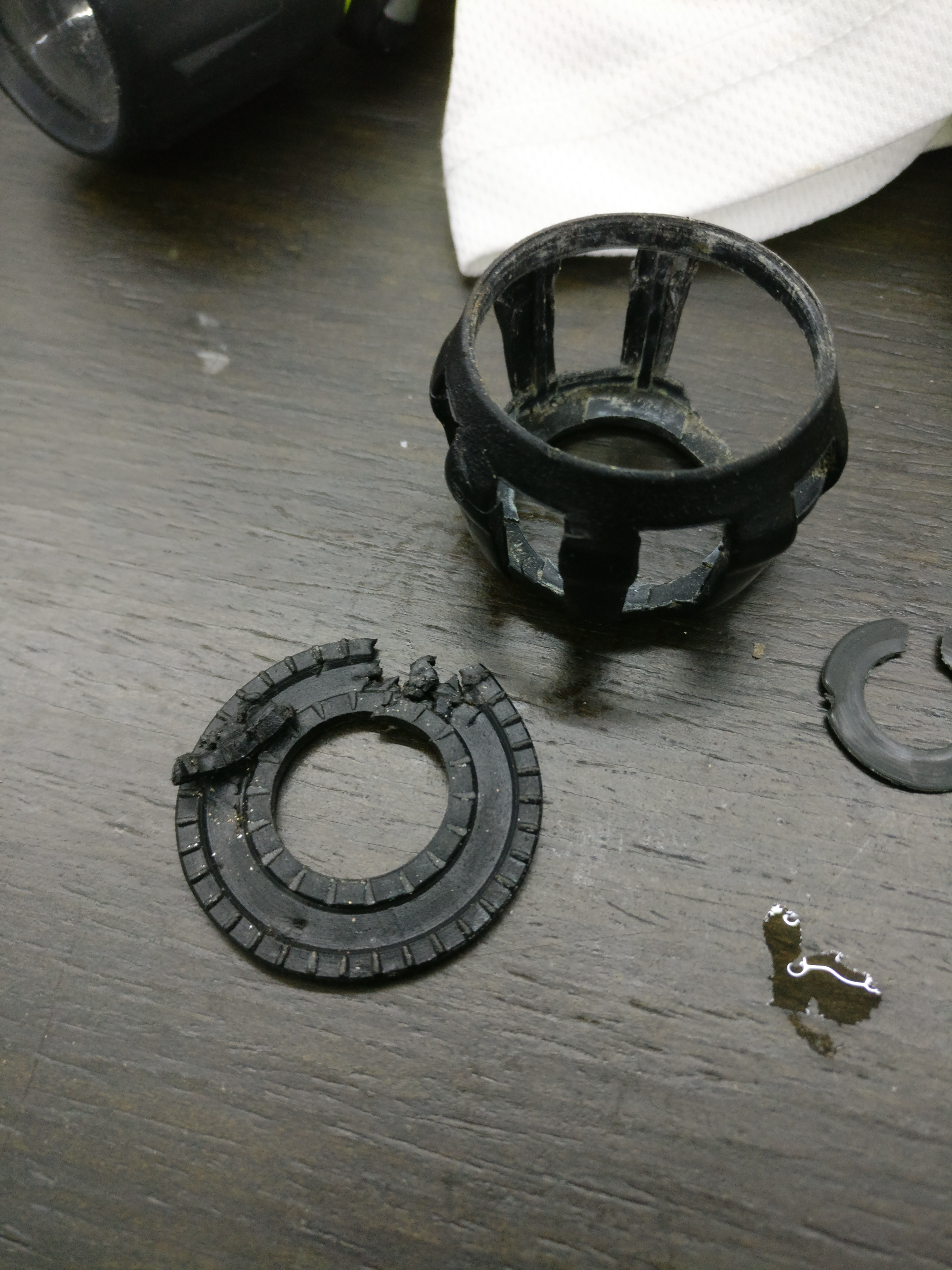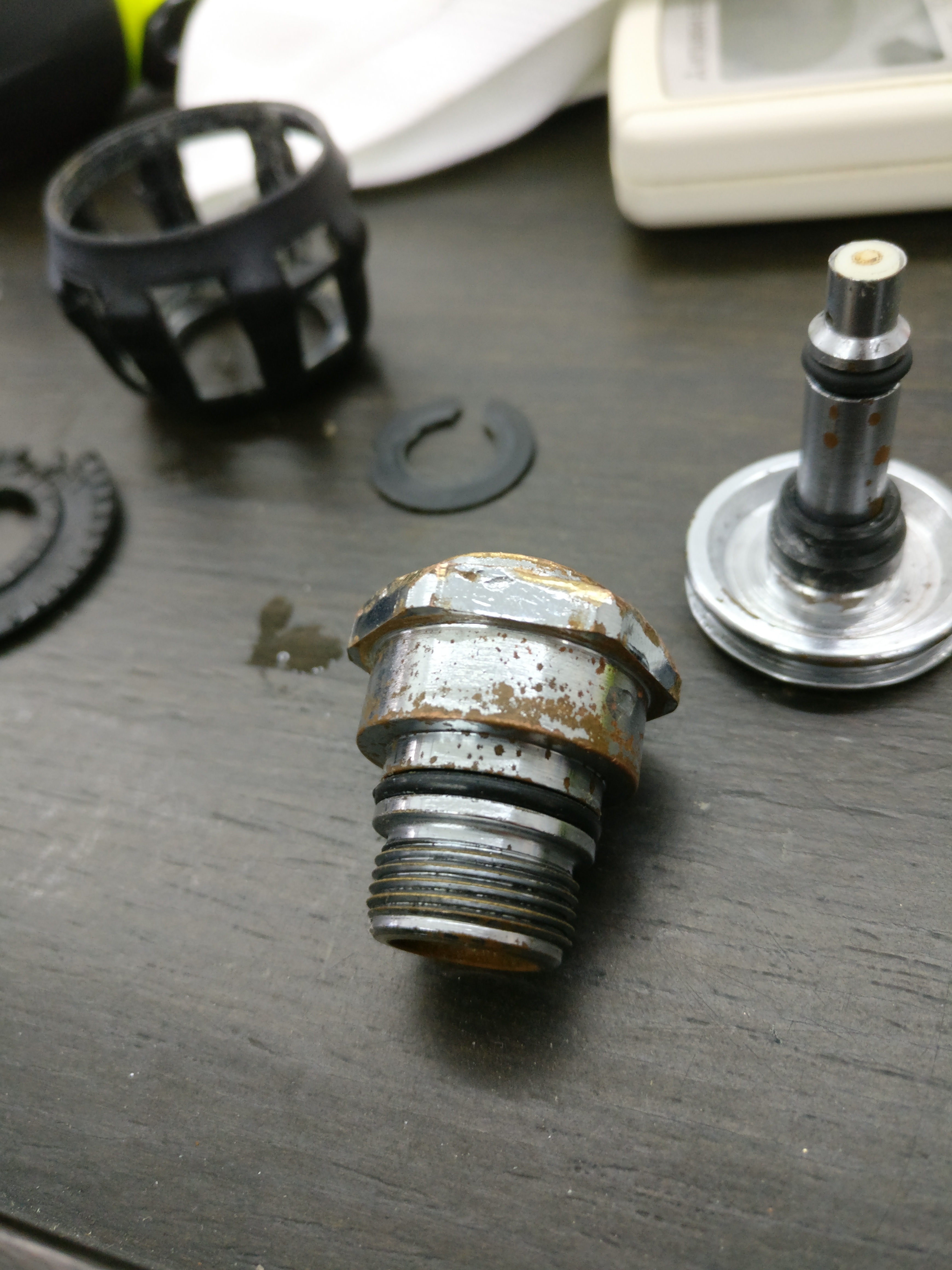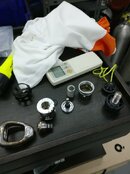Hey guys, really enjoyed this thread and used quite a bit of the advice here to diy this old Mk2 which I found locally, and am hoping to overhaul and use it for dives.
Initially, I could not remove the yoke retainer due to a rubber piece in between the yoke and the first stage body which didn't give enough thread where the tools could hold. So I cut the rubber piece after all else failed and that gave sufficient room and I was able to successfully remove the yoke retainer.
On this, is the rubber piece at all required for the functioning of the Mk2 or will it work just fine without this rubber piece?
The components and the first stage, have big issues with the chrome plating, and it has almost entirely come off in some areas. Even the piston has some chrome coming off, as you can see in the photos. Do these actually affect the proper functioning of the first stage? I have done a ultrasonic cleaning of all components, and replaced the orings.
Also, from a diy standpoint, is it possible to ultrasonic clean and reuse the sintered filter? It seems to clean up the longer I put it inside the cleaner, since it is metal, and im guessing it would continue to function just as well.
I noticed a rubber piece on top of the piston. Is this also required as I did not see it in the schematic for the mk2.
Any advice would be greatly appreciated. Would love to make this first stage work again underwater! Thanks in advanced!
Initially, I could not remove the yoke retainer due to a rubber piece in between the yoke and the first stage body which didn't give enough thread where the tools could hold. So I cut the rubber piece after all else failed and that gave sufficient room and I was able to successfully remove the yoke retainer.
On this, is the rubber piece at all required for the functioning of the Mk2 or will it work just fine without this rubber piece?
The components and the first stage, have big issues with the chrome plating, and it has almost entirely come off in some areas. Even the piston has some chrome coming off, as you can see in the photos. Do these actually affect the proper functioning of the first stage? I have done a ultrasonic cleaning of all components, and replaced the orings.
Also, from a diy standpoint, is it possible to ultrasonic clean and reuse the sintered filter? It seems to clean up the longer I put it inside the cleaner, since it is metal, and im guessing it would continue to function just as well.
I noticed a rubber piece on top of the piston. Is this also required as I did not see it in the schematic for the mk2.
Any advice would be greatly appreciated. Would love to make this first stage work again underwater! Thanks in advanced!








